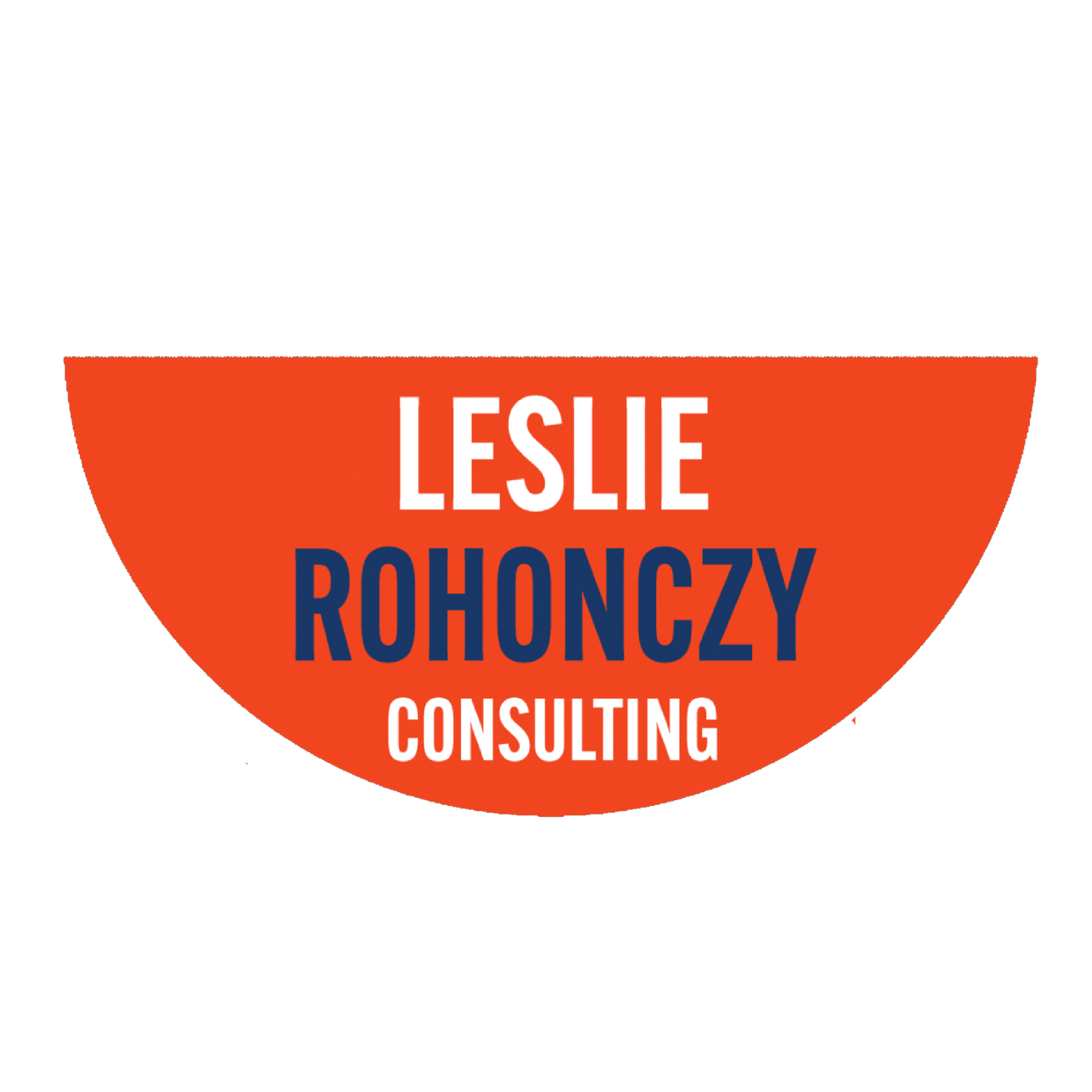I worked at the local newspaper in my 20s and 30s, and was hungry to make progress in my career. I wanted the office, the title, and the nameplate on the door that would surely tell me I had ‘arrived.’ When I finally got a hard-fought promotion and found myself in that crappy little clapboard office in the middle of the advertising department, I had sphincter-shifting moment of clarity: Was this what I had been working so long and hard for? This office with no window and no purpose? How could all of my striving, motivation, blood, sweat, and tears really have been about this?!
Years later, in my executive coaching work with leaders, I’ve heard similar stories from clients describing their moments of clarity: when the goals that once excited them no longer light them up. The visible symbols of success are still there of course, but for them, something feels off. The motivation that once fueled them now struggles to spark.
They’re not in crisis. They’re not even unhappy. They’re just… restless. In the spaces between deadlines and deliverables, a question begins to echo: Is this it?
If that sounds familiar, you’re not alone. More and more leaders are confronting what I call the midlife awareness pivot; the moment we realize that our ambition has changed its shape.
THE MYTH OF LINEAR SUCCESS
For most of our careers, we’re taught to think of success as a straight line: more responsibility, bigger budgets, progressive titles and offices on higher floors. It’s a climb, and each rung on the ladder is supposed to bring more satisfaction.
Except that often, it doesn’t.
I've worked with executive coaching clients at the mid-points of their careers, who had achieved what they set out to do, but who were feeling oddly disengaged. This often surprised or embarrassed them. Their resumes were impressive, but the goals that used to light them up didn't inspire them anymore. Their energy felt depleted, and they maintained some momentum because stopping felt dangerous.
If you can relate, know this: it isn’t a failure or a flaw; it’s evolution. You’ve simply outgrown your previous version of 'ambition'.
Economists David Blanchflower and Andrew Oswald (2008, Social Science & Medicine) documented what’s now called the U-shaped curve of happiness: career and life satisfaction tend to dip in midlife, not because we’ve done something wrong, but because our definition of fulfilment is catching up with who we’ve become. Harvard’s long-running Grant Study echoes this, showing that satisfaction tends to rebound later in life when people align work and purpose.
In other words: the problem isn’t the ladder. It’s that we’ve been climbing it without asking whether it’s still leaning against the right wall.
THE REAL ISSUE ISN’T BURNOUT, IT’S MEANING DEBT
Burnout is about exhaustion. But the emptiness we experience due to the erosion of purpose is what I call 'meaning debt': chasing goals without reflecting on what really matters to us.
Many leaders in their forties and fifties tell me they’re “fine.” Their teams perform, their calendars are full, and they keep checking the boxes. But inside, they feel an undercurrent of disconnection, like they’re performing competence instead of experiencing it.
That’s meaning debt. It builds up slowly over years of pursuing the next thing without asking why. The debt comes due when that next thing no longer satisfies.
One client put it beautifully: “I keep running faster toward goals that aren’t even mine anymore.”
The good news? Meaning debt can be repaid. And not through more exhaustive effort; but through reflection.
THE IDENTITY RECKONING
The midlife awareness pivot isn’t really a career crisis; it’s an identity recalibration. The traits that once made you successful, like drive, control, perfectionism, can eventually become the very things that hold you back. The identity you built to succeed in your thirties may no longer fit the person you’re becoming in your fifties.
It’s a bit like wearing a tailored suit from ten years ago: nice quality material, but a little too tight in all the wrong places. This is where the work of coaching becomes powerful. We peel back the professional persona to rediscover who’s underneath it. I often ask clients a simple but powerful question:
“Who are you, when you’re not performing the role of leader?”
That’s where they begin reconnecting to their -ness; the unique essence that makes them who they are, beyond their title or achievements.
REIMAGINING AMBITION
Ambition doesn’t disappear in midlife; it transforms. Early ambition is about proving ourselves. Mature ambition is about expressing ourselves. It moves from upward to inward, from climbing to contributing. This doesn’t mean giving up drive or downsizing dreams. It means aligning them with what actually matters now.
Some of my clients channel their experience into mentoring or teaching. Others pursue roles that focus on purpose-driven impact instead of prestige. A few take creative or entrepreneurial leaps they’d shelved for years. Their common thread? They’re no longer chasing validation. They’re pursuing vitality.
And the irony is that once they stop performing ambition, they become more inspiring than ever.
HOW COACHING HELPS LEADERS NAVIGATE THE PIVOT
The hardest part of the midlife awareness pivot is that you can’t think your way out of it; you have to feel your way through. That’s where executive coaching helps. Together, we slow the internal noise long enough to surface what’s truly shifting underneath. We unpack the tension between old success patterns and core values. We design small, practical experiments to explore what “the next chapter” might feel like before committing to larger changes.
Research supports this process. The International Coaching Federation (2023) reports that 80% of coaching clients experience improved self-confidence and 73% report better relationships. Harvard Business Review and McKinsey have both highlighted coaching as a key driver of leadership adaptability and purpose alignment at senior levels.
This isn’t about tearing down what you’ve built. It’s about renovating it to fit who you’ve become.
YOUR COACHING CHALLENGE: “WRITE YOUR FUTURE BIO”
If you’re feeling the restlessness of a midlife awareness pivot, try this:
Imagine it’s five years from now. You’ve made the decisions that align with your truest self; your most important values; your authentic purpose.
Now write the opening paragraph of your professional bio as if it were already true.
What are you known for? What are you proud of? What have you stopped doing?Read it back slowly. Notice what lights you up as you speak it. That’s where the spark of your next ambition lives.
The midlife awareness pivot isn’t the end of ambition. It’s the moment it becomes yours again.
If you’re standing at your own crossroads and ready to explore what’s next, reach out for a free exploratory Executive Coaching conversation at www.leslierohonczy.com.



